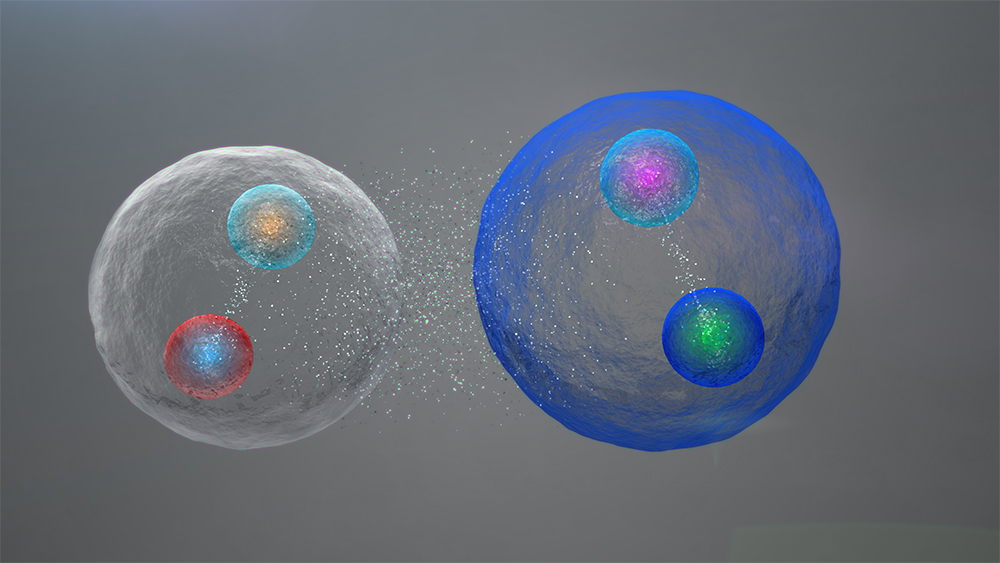On the morning of 27th December, 1831 Charles stood at the rail of this great ship HMS Beagle. Wind blowing in his face and hair. He looked down to where the water lapped on its sides. Robert Fitzroy, the captain of Beagle was busy with the last minutes preparations as the Beagle was ready to set out for its second voyage and this time to South America.
Charles, a naturalist (someone who loves to study nature) was extremely excited to set out on this adventure. The 22 year old did not know then that his findings on this Voyage would completely change the history of mankind. He could not believe that he was on a voyage for his father wanted him to study medicine and become a doctor. He was in charge of collecting plants and animal specimens from all the islands he visited ad studying them later on. Something that he loved to do.
On the 16th of January, 1832, they anchored at Porto Praya, in St. Jago, the chief island of the Cape de Verd archipelago. A white band of a raised beach about forty-five feet above the water, embedded with shells stood out as an interesting part of the island’s natural history. Charles collected the rocks and shells. During the stay there , he also observed the habits of marine animals like octopus, cuttlefish and Aplysia, a sea slug. Most of them changed colors like a chameleon. Charles found that intriguing.
After spending a few days in St. Jago, Beagle moved on towards Brazil. After making quick stops at St Paul and Fernando Noronha, it reached San Salvador, Brazil on Feb. 29th. The lush forests of Brazil enchanted the people on Beagle especially Charles. He studied the different varieties of plants, animals and birds. He noticed that, throughout the long coast of Brazil, there were black shining rocks and white water. Black rocks were actually granitic formation.
Tracing the boundary of South America, Beagle the survey ship charged ahead. Finally, in mid September they reached a group of islands that were far removed from all the rest. It was his stay here that Charles came up with ‘The theory of evolution’. It was Galapagos Archipelago. A group of ten islands. As Charles looked around what caught his attention, was the number of craters around, uninviting bushes and lack of plants. Almost disappointed he walked along and saw two large tortoises weighing almost 200lbs each. He found the fact amazing that how the wildlife differed so much from place to place. On further exploration of other islands, he found giant lizards that swam.
The Voyage ended when the Beagle reached England on 2 October 1836. In the next year, he started writing journals about how the surrounding have an effect of the changing of one species into another.
He wrote many journals and books the most famous one being on the theory of evolution. Not everyone accepted his theory. They believed that God created all creatures.
However in the next century, DNA studies have revealed evidence of his theory of evolution.
Did you know that we have all evolved from fish? ha!





Leave a Reply